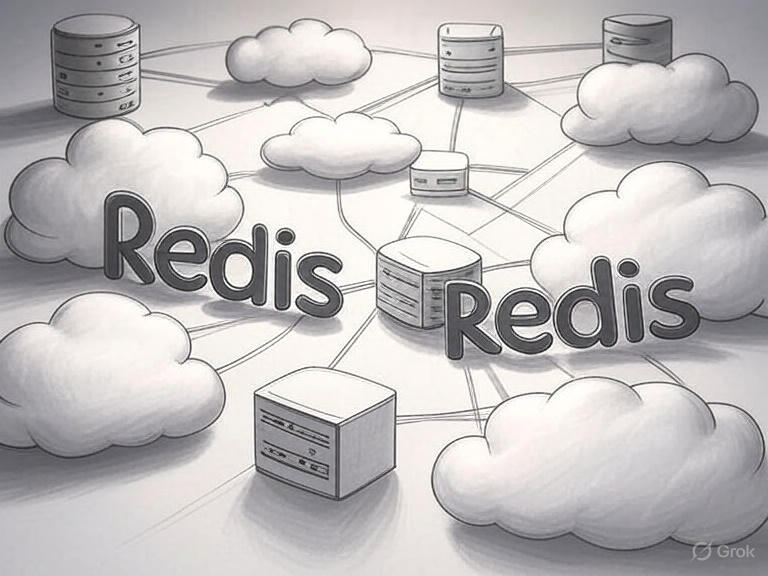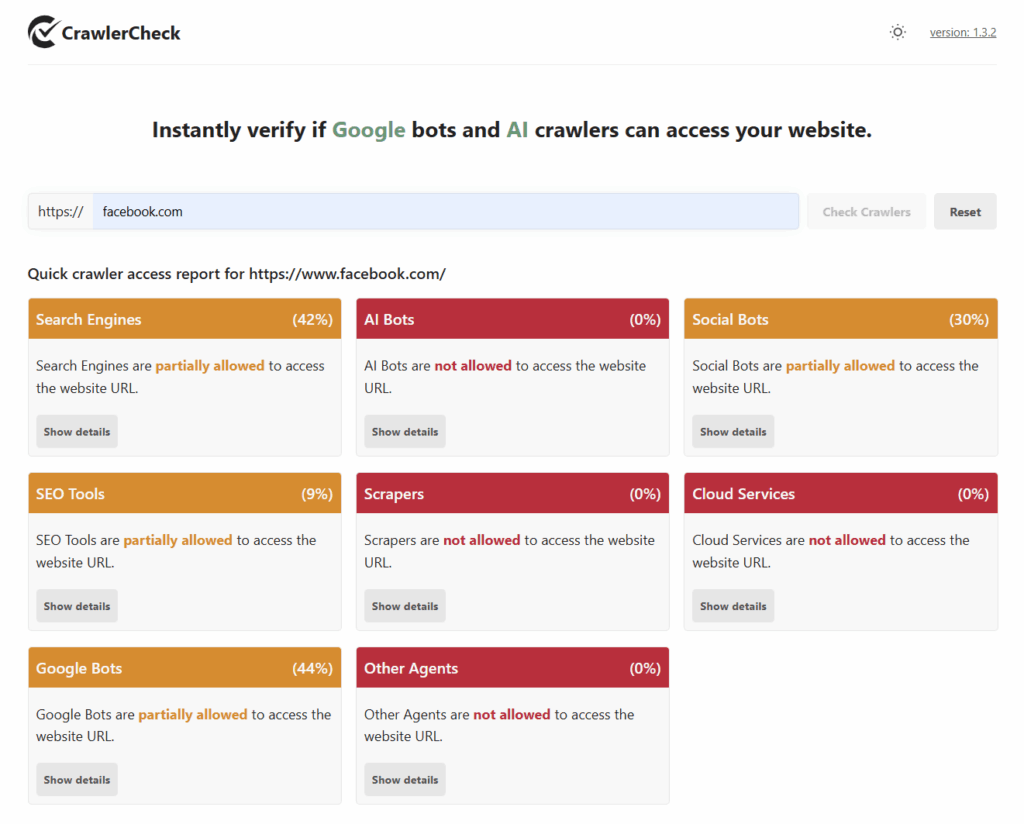As a webmaster or website owner, you’re always looking for ways to optimize performance, reduce load times, and handle traffic spikes efficiently.
Enter Redis—an in-memory data store that’s incredibly fast and versatile.
Often used as a cache, database, or message broker, Redis can supercharge your website by storing frequently accessed data in RAM, minimizing database queries and speeding up responses.

In this post, I’ll walk you through essential Redis configurations suitable for virtually any website. We’ll cover basic setups, a dedicated section on integrating with Nginx, and a deep dive into WordPress optimization using the PhpRedis client. I’ll try to explain everything in simple terms, with code examples to get you started. Whether you’re running a small blog or a high-traffic e-commerce site, these tips will help you implement Redis effectively.
Before we dive in, note that Redis installation varies by OS (e.g., apt install redis-server on Ubuntu or brew install redis on macOS for testing). Remember to always secure your Redis instance, especially if it’s exposed publicly—use firewalls, authentication, and avoid default ports.
Why use Redis for your website?
Redis isn’t just a cache; it’s a Swiss Army knife for web performance. Key benefits include:
- Blazing Speed: Data access in sub-millisecond times.
- Scalability: Handles millions of operations per second.
- Versatility: Supports caching, sessions, queues, and more.
- Persistence Options: Configure it to save data to disk for durability.
Common use cases: Object caching (e.g., query results), session storage, and full-page caching.
Now, let’s get into the configurations.
Basic Redis configurations for general websites
Start with the fundamentals. Edit your Redis config file (usually /etc/redis/redis.conf on Linux) to tailor it to your site’s needs. Below we cover the essential Redis configurations for website performance and security, including persistence, memory limits, and hardening techniques.
- Binding and port: By default, Redis binds to localhost (127.0.0.1) on port 6379. For security, keep it local unless you need remote access.
bind 127.0.0.1
port 6379 - Authentication: Enable a password to prevent unauthorized access.
requirepass your_strong_password_here
protected-mode yes - Memory management: Set a max memory limit to avoid swapping (which kills performance). Use an eviction policy like allkeys-lru (least recently used) for caching.
maxmemory 256mb
maxmemory-policy allkeys-lru - Persistence: For caching, you might not need it, but for sessions, enable RDB snapshots or AOF logging.
save 900 1 # Snapshot every 15 minutes if at least 1 key changed
save 300 10 # Every 5 minutes if 10 keys changed
# Disable persistence entirely if using Redis only as a volatile cachesave ""
appendonly no
!! Keep in mind: with persistence disabled, all data is gone the moment Redis restarts – which is fine for caching, but a disaster if you need it later.
After editing redis.conf, run redis-server --test-config to catch errors before restarting.
Test your config by restarting Redis (sudo systemctl restart redis) and connecting via redis-cli. If you’re using PHP, install the PhpRedis extension (pecl install redis) for native performance over alternatives like Predis.
To explore other tools and strategies that help you build faster, more reliable sites, see my article on Essential Tools for Web Developers.
For a simple website cache example in PHP:
<?php
$redis = new Redis();
$redis->connect('127.0.0.1', 6379);
$redis->auth('your_strong_password_here');
// Cache a value for 1 hour
$redis->set('site:homepage', 'Cached content here', ['ex' => 3600]);
// Retrieve the value
$content = $redis->get('site:homepage');
if ($content) {
echo $content;
} else {
// Logic to generate and cache content if it's missing
}
?>
This basic setup can cut your site’s load time in half by caching dynamic content.
Redis configurations for Nginx
Nginx is a powerhouse web server, and pairing it with Redis elevates it further. Redis can serve as a cache backend for Nginx, enabling fast key-value lookups, rate limiting, or even HTTP caching with extensions like OpenResty1.
Assuming you’re using Nginx with OpenResty (install via package manager or from source), here’s how to configure Redis for caching static responses or API results.
- Install Dependencies: Ensure OpenResty is set up, and the lua-resty-redis library is available (it’s bundled).
- Nginx Config Example: In your nginx.conf or site config file, use Lua to interact with Redis for caching.
Add this to your http block:lua_package_path "/path/to/lua-resty-redis/lib/?.lua;;";
Then, in a server block you would add:server {
listen 80;
server_name yourwebsite.com;location /cached-page {content_by_lua_block {local redis = require "resty.redis"local red = redis:new()red:set_timeouts(1000, 1000, 1000) -- 1 sec timeoutslocal ok, err = red:connect("127.0.0.1", 6379)if not ok thenngx.say("Failed to connect: ", err)returnendok, err = red:auth("your_strong_password_here")if not ok thenngx.say("Auth failed: ", err)returnendlocal data, err = red:get("nginx:cache:key")if not data or data == ngx.null then-- Generate content if cache missdata = "Dynamic content from backend"red:set("nginx:cache:key", data, "EX", 300) -- Expire in 5 minendngx.say(data)red:close()}}
}
This Lua script checks Redis for a cached response; if missing, it generates and stores it. It’s perfect for high-traffic endpoints.
For rate limiting (e.g., API protection), use Redis to track requests per IP:
- Extend the Lua script to increment counters like
red:incr("rate:limit:" .. ngx.var.remote_addr)and check against a threshold.
Pro Tip: Monitor Redis with redis-cli monitor or tools like Redis Insight to ensure Nginx isn’t overwhelming it.
Essential Redis configurations for WordPress
WordPress powers millions of sites, but its database queries can bottleneck under load. Redis shines here as an object cache, storing transients, queries, and more. I recommend that you focus on the PhpRedis client for optimal performance (faster than Predis).
- Install Redis and PhpRedis on your server:
– Server-side: Install Redis as above.
– PHP:sudo apt install php-redis(or equivalent), then restart PHP-FPM (sudo systemctl restart php8.x-fpm). – note that I am using php8, but it should work with php7. By the way, please update your PHP to version 8 already… - Install Redis plugin: Use the “Redis Object Cache” plugin by Till Krüss (available in WordPress plugin directory). Then activate it.
- Configure in wp-config.php: Add these defines before
/* That's all, stop editing! */define('WP_REDIS_CLIENT', 'phpredis'); // Use PhpRedis for speed
define('WP_REDIS_HOST', '127.0.0.1');
define('WP_REDIS_PORT', 6379);
define('WP_REDIS_PASSWORD', 'your_strong_password_here');
define('WP_REDIS_DATABASE', 0); // Optional: Use a specific DB index
define('WP_REDIS_TIMEOUT', 1); // Connection timeout in seconds
define('WP_REDIS_READ_TIMEOUT', 1);
define('WP_CACHE_KEY_SALT', 'your_unique_salt:'); // for WP Multisite - Enable the Cache: In WordPress admin, go to Settings > Redis and enable it. Flush the cache to test.
With this enabled, WordPress will cache objects automatically. For full-page caching, combine with plugins like WP Super Cache, and/or configuring essential Redis configurations as the backend if supported.
Example: To manually cache a query in your theme or plugin:global $wp_object_cache;
// Define your data and cache key/group
$key = 'my_query';
$group = 'my_group';
$my_posts_data = get_posts(['posts_per_page' => 5]); // Example query
// Set the data in the cache for 1 hour (3600 seconds)
$wp_object_cache->set($key, $my_posts_data, $group, 3600);
// Get the data from the cache
$cached_posts = $wp_object_cache->get($key, $group);
This setup can reduce database hits by 80-90%, making your WordPress site fly.
While discussing performance I recommend you review my other article about HTTP/2 WordPress Apache: How to Enable it on Your Site
Security and best practices
- Firewall: Restrict access to Redis port with UFW or iptables.
- Monitoring: Use
INFOcommand in redis-cli for stats. - Scaling: For big sites, consider Redis Sentinel for high availability or Redis Cluster.
- Backups: Regularly dump RDB files.
Here is an extra article for you about Understanding and Protecting Against WordPress Vulnerabilities
Redis config cheat sheet
| Setting | Example | Purpose |
|---|---|---|
| bind | bind 127.0.0.1 | Restrict access to localhost for security. |
| port | port 6379 | Default Redis port; change if needed. |
| requirepass | requirepass myStrongPass | Set a password for authentication. |
| maxmemory | maxmemory 256mb | Limit memory usage to prevent swapping. |
| maxmemory-policy | allkeys-lru | Eviction policy — remove least recently used keys. |
| save | save 900 1 | Create snapshots for persistence. |
| appendonly | appendonly yes | Enable AOF for durable writes. |
| Persistence disabled | save "" / appendonly no | Makes Redis fully volatile (cache only). |
| timeout | timeout 0 | Disconnect idle clients after N seconds (0 = never). |
| databases | databases 16 | Number of logical databases. |
Implementing these configs will make your site more resilient and faster. Start small – test on a staging or dev subdomain / website – and monitor performance with tools like New Relic or Google Analytics.
Another awesome feature worth mentioning is that Redis works with all Cloud providers and can be integrated with almost all frameworks and scripting languages. See all integrations here: https://redis.io/docs/latest/integrate/
If you have questions or run into issues, drop a comment below and I’ll be happy to assist you!


